Weathering (breaking down rock) and erosion (transporting rock material) at or near the earth's surface breaks down rocks into small and smaller pieces These smaller pieces of rock (such as sand, silt, or mud) can be deposited as sediments that, after hardening, or lithifying, become sedimentary rocksWhen physical agents cause the rocks to break into smaller pieces or fragments, it is called mechanical weathering There are different causes of mechanical weathering that includes plants and animal activity (biological), fracturing and abrasion These natural activities causes the rock to expose more of its surfaces, making it vulnerable toThe gradual breaking of rocks to smaller pieces is called _____ a weathering b erosion The process that transports rocks, soil and sediments to a different location is called _____ a weathering b erosion Rocks forms from the cooling and hardening of hot

Activity 2 Weathering Around Us Directions Look At The Pictures And Describe The Chemical And Brainly Ph
How do rocks break into pieces brainly
How do rocks break into pieces brainly-Breaking down of rocks into small pieces give one word for the following 2 See answers report flag outlined bell outlined Log in to add commentIn some cases, birds will beat their food against a rock or branch to help break it into pieces, and birds may even use their talons to hold food as they break it up To swallow, birds tip their heads back to move the bite to the back of the throat, and their tongues help maneuver the food into a good swallowing position




Reading Weathering Geology
Step 6 Break any additional large chunks of limestone with a pitching tool A pitching tool is often used by sculptors when working with stone Place the edge of the pitching tool into a hard edge of the limestone, then hit the pitching tool with a hammer so that the tool drives into the limestone Large chunks of limestone break off each timeA rock that has undergone ductile strain will remain deformed even if the stress stops Another term for ductile strain is plastic deformation Fracture is also called rupture A rock that has ruptured has abruptly broken into distinct pieces If the pieces are offset—shifted in opposite directions from each other—the fracture is a faultRocks break down into small pieces naturally by process of weathering and then it is being carried away farther from its location by erosion Weathering can be physical, chemical, biological For further study Weathering Wikipedia Artificially we break it apart by use of explosives (sometimes by chemical agent, hammering ) which is poured into the drill holes of rocks and then kaboom!!!
Rockets always seem to be firing us into the future, but their basic technology is rooted far in the past—in fireworklike missiles developed almost 800 years ago in 13thcentury ChinaPlants and animals can be agents of mechanical weathering The seed of a tree may sprout in soil that has collected in a cracked rock As the roots grow, they widen the cracks, eventually breaking the rock into pieces Over time, trees can break apart even large rocksThe easiest way to break big rocks is by using a sledgehammer Just hit a specific point on the rock over and over with the sledgehammer until it cracks If you don't have a sledgehammer you can also use a regular hammer to break up rocks If the rock is small enough, place a canvas bag or pillowcase around it to protect yourself from flying debris
When rain, snow, wind, etc cause large rocks to break down into smaller pieces erosion the carrying of the smaller pieces of rock to a new area deposition the depositing of the small pieces of rock in the new area (sediment) compaction as more sediment is deposited in layers, the weight causes the deeper layers to be compactedHi my Friends, today a Friend assistated How to make video This is how to break the rock/stone easy way, anyway do not try this at home, some knowledge needThese small rocks can break down into very tiny pieces called _____ answer choices minerals pebbles sediments chalk s Question 19 SURVEY 30 seconds Q A never ending process by which rocks are changed from one type to another answer choices weathering and erosion rock cycle heat and pressure




Reading Weathering Geology




Weathering Is The Breakdown Of Rocks Into Smaller Particles Called Weathering Is When Rocks Are Brainly Com
The formation of clastic and organic rocks begins with the weathering, or breaking down, of the exposed rock into small fragments Through the process of erosion, these fragments are removed from their source and transported by wind, water, ice,Bigger rocks break up into smaller and smaller particles through the process of erosion Changes in temperature cause rocks to crack and break up Plants may grow in the cracks, causing them to break up further Rain wears down rocks and causes smaller pieces to break off Animals break up rocks into smaller particles as they walk alongT he most exciting thing you can possibly do on Earth is to get away from it jump in a rocket and blast into space!




2 A Type Of Weathering That Involves Change In The Composition Of Rock That Allow Them To Break Down Brainly Ph




Weathering Module Introduction
Mechanical weatheringbreaks rocks into smaller pieces without changing them chemically The small pieces are identical in composition to the original rock, as shown in Figure 1Two of the many causes of mechanical weathering are ice wedging and living organisms Weathering and Soil Formation Identify processes that break rock apartLesson Summary All three rock types igneous, sedimentary, and metamorphic make up a portion of the rock cycle Igneous rocks are rocks that formed directly from magma and canIce breaks off pieces of rock when glaciers move against earth's solid rock layer and also when water freezes in cracks in the solid rock layer In a river valley, there are loose rocks on top of a solid rock




What Caused The Rock To Break In Small Pieces Brainly Ph



Brainly Home Learning Homework Help Apps On Google Play
3 main rates at which magma cools and hardens 1 Magma trapped inside the Earth's crust hardens very slowly to form intrusive igneous rocks – Pluton a rock mass underground that forms from the magma cooling there – Batholith largest of all plutons that forms the cores of many mountainsThese rocks only appear on Earth after they are pushed up and the overlying rock isWeathering breaks rocks into smaller pieces Think about the tiniest rock you have ever found How did it get so small?How to split large rocks easily and straight using wedge and feather




Student S Quiz Assignment Shown As Turned In But It Shows No Recorded Response In The Google Form Google Classroom Community




Brainly Com Offers Online Help For Students At Home By Techstination A Podcast On Anchor
6 pulling and rolling of large rocks by water or wind 2 distance a wave travels 5 state in which small, light particles are mixed with, but not dissolved in, a fluid or solid 4 Ushaped lake formed by river erosion 1 water that flows back into the ocean after a wave has brokenBy setting priorities and breaking the bigger project into smaller tasks, the work is more manageable and less intimidating Here is one way to break tasks down Look at the big picture Make sure you understand what the end product is supposed to look like Examine the parts of the task Figure out stepbystep what you need to do because itIce wedging or 2) Rocks tumble down the mountain and the sharp edges break off Click again to see term 👆 Tap again to see term 👆 Nice work!




Brainly Naghihirap Ako Para Makakuha Ng Points Puro Nonsense Naman Sayang Ang Points Ko Ayusin Niyo Naman 1 The Breaking




Reading Weathering Geology
Today's task, How can plants break rocks?, students and their families embark on a summerlong investigation and use the thinking tools of patterns and cause and effect to make sense of the science idea plants break rocks into smaller pieces and these smaller pieces can become part of the local soil or be transported someplace else (eroded)You just studied 4Alternately, there is also brittle rock, which breaks or fractures in response to stress This type of rock is less flexible and therefore cracks under pressure more easily than ductile rock



Brainly Home Learning Homework Help Apps On Google Play




Activity 2 Weathering Around Us Directions Look At The Pictures And Describe The Chemical And Brainly Ph
Steps Determine how you will contain the pieces of your broken rock Some suggestions are If using a bag, put your rocks into the bag Be sure not to overcrowd the bag If using the other methods, the same applies Be sure that if you put multiple rocks into the bag that you want the rocks to be all the same hardnessWater moves into small cracks of rock and expands when it freezes That pushes the rock apart, slowly breaking it down into smaller pieces Water can also wear down the surface of the rock, pulling small pieces off over time Organisms can organically break down rocks by pushing roots downward through the soilIt didn't start out that way!




What Is Stalactites Means Brainly Know It Info




Weathering Is The Breaking Down Of Rocks Into Brainly Ph
Weathering is thus the process where rocks or soils are dissolved or worn away into smaller and smaller pieces due to particular environmental factors such as the examples given above In geological terms, weathering is defined as the disintegration of rocks influenced by animal and plant life, water, and the atmospheric forces in generalSimilarly, how do plants and animals weather rocks?Let's look at what it takes to turn rock into a soil Under the action of heat, cold, rain, wind, and other atmospheric factors, the rock breaks down physically into small fragments that become the parent material of the soil The rock also chemically changes as the compounds in the rock dissolve in rain or react with air




Brainly Com Offers Online Help For Students At Home Cbo Eric Oldfield By Techstination A Podcast On Anchor




Pls Answer Free Brainliest Brainly Ph
Causing rocks to break up and ways away The mechanical forces of wind, water and freezing wore away the layers of rock A combination of chemical and biological erosion wore away layers of rock Biological weathering from lichen and bacteria colonies ate away at the rock layers Athenian democracy wasn't perfectI show you how to cut rocks using a cheap tile saw I bought it from Harbor Freight for about $50 It's a Chicago Electric 7 Portable Wet Cutting Tile Saw #Mechanical weathering breaks rocks into smaller pieces without changing their composition Ice wedging and abrasion are two important processes of mechanical weathering Chemical weathering breaks down rocks by forming new




Brainly Com Offers Online Help For Students At Home By Techstination A Podcast On Anchor




Directions Identify What Is Being Described Choose Your Answer From The Words Insidethe Box Write Brainly Ph
Weathering of rock bodies in two ways They effectively cut large blocks of rocks into smaller ones, thereby increasing the surface area where chemical reactions take place Joints and fractures act as channel ways through which water can penetrate to break down rock by ice wedging Geometric Patterns of Rock Disintegration1) Plants/seeds and ice (water freezes) break rocks into smaller pieces Root wedging &Over time, natural forces break rocks into smaller and smaller pieces If you have ever seen a concrete sidewalk or driveway that has been cracked by tree roots, you have seen this process




Brainly Home Learning Homework Help Apps On Google Play




Please Help Me Really Just Help Me Brainly In
Step 4 Place the point of the steel stonesplitting wedge into the drilled hole Position the wedge so that the flat sides of the wedge that widen with each strike on the wedge head are facing the side of the rock that you wish to split into two pieces AdvertisementRocks are moved by the water, they bump into one another This bumping causes abrasion 4 Their tunneling breaks rocks into small pieces It also exposes more surfaces to weathering 5 water, air, and acid 6 The minerals in granite dissolve very slowly in water It takes a long time for enough minerals to dissolve for the rock to break down



Brainly Home Learning Homework Help Apps On Google Play



1




Reading Weathering Geology




Soil Erosion Causes Brainly




5 Weathering Erosion And Sedimentary Rocks An Introduction To Geology




6 Metamorphic Rocks An Introduction To Geology




What Is Stalactites Means Brainly Know It Info




How Do Rocks Change To Soil Brainly In




Answers To Your Current Coronavirus Questions The New York Times




What Is Stalactites Means Brainly Know It Info




Answer These 1 What Happened To The Rock Samples That You Have Placedinside The Glass Jar 2 Where Did Brainly Ph




Activity 1 Agents That Weather Rocks Directions Complete The Table Write Down A Situation For Each Brainly Ph




Rocks And The Rock Cycle Earth Sciences Quiz Quizizz




What Is Stalactites Means Brainly Know It Info




Sediment National Geographic Society




Questions 1 What Happened To The Rocks After You Hammered Them 2 How Is The Hammering Of Rocks Brainly Ph



1



Brainly Home Learning Homework Help Apps On Google Play
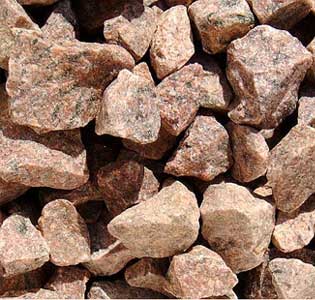



Weathering Module Introduction




Learning Task 5 Describe How Rocks Turn Into Soil In The Following Pictures Below Write Your Brainly Ph
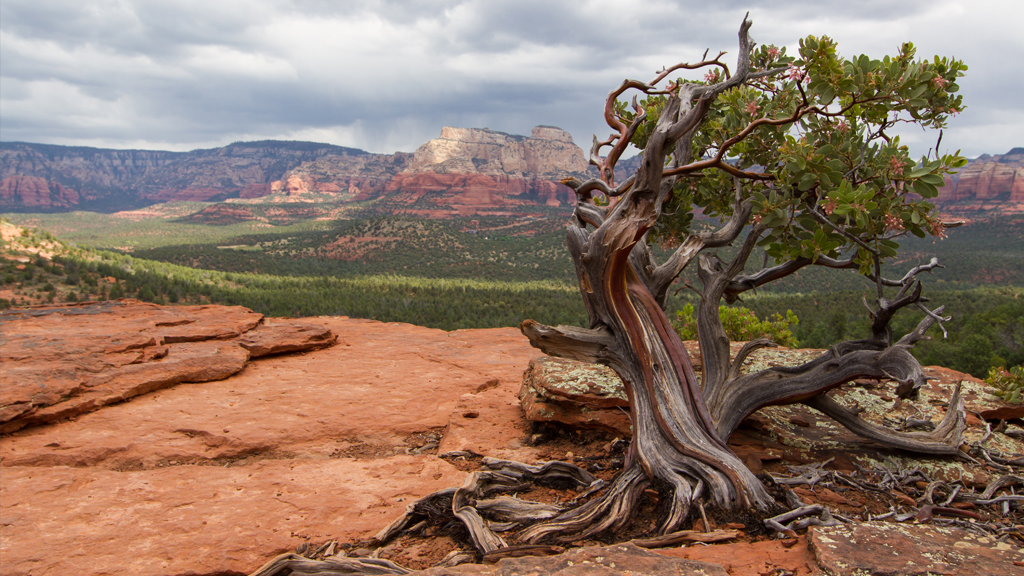



How Can Plants Break Rocks Nsta




Looking Backidentify The Concept Being Described In Each Item Use The Picture Clues Below Write The Brainly Ph




Questions 1 What Are The Agents Of Mechanical Weathering That You Were Able To Circle 2 What Are The Brainly Ph



1




Brainly Com Offers Online Help For Students At Home By Techstination A Podcast On Anchor




How Do Human Activities Affect Weathering Study Com




Let Us Enhanceactivity 3 There Is The Rock Direction Illustrate Below How Rocks Turn Into Soil Brainly Ph




How Do Rocks Break Down Into Small Pieces Quora




Coronavirus Pandemic The Interpreter




Earthquakes Earth S Interior




Answer These 1 What Happened To The Rock Samples That You Have Placed Inside The Glass Jar 2 Where Brainly Ph




Weathering And Erosion Geology
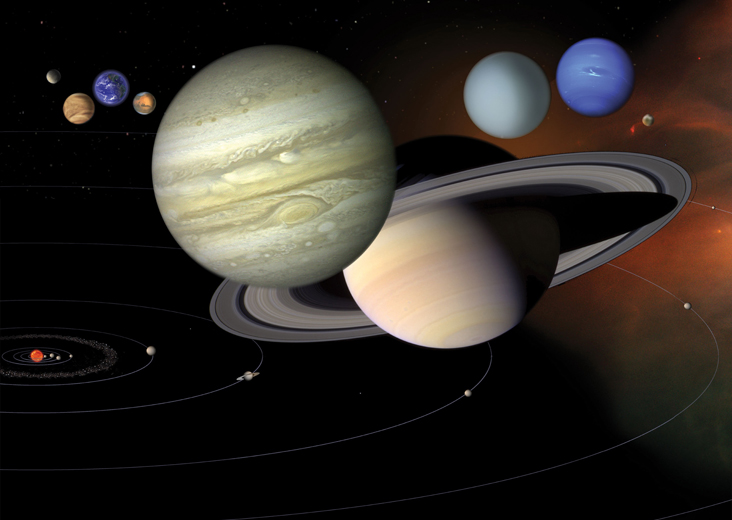



Solar System Facts A Guide To Things Orbiting Our Sun Space




5 Weathering Erosion And Sedimentary Rocks An Introduction To Geology




Hi Can Some One Explain This Paragraph Please Brainly In



Http Lb Unpam Ac Id Wp Content Uploads 07 English 2 Pdf




Mulching How To Mulch Your Garden Types Of Mulch The Old Farmer S Almanac
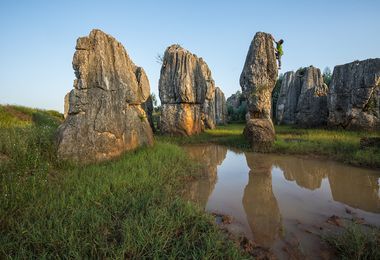



Sediment National Geographic Society




How Do Rocks Break Into Pieces




Model Of Sea Floor Spreading




What Is Stalactites Means Brainly Know It Info




Guide Questions 1 What Do You See In Picture 1 What About Picture 2 2 In Picture 3 What Happens To Brainly Ph




What Is Stalactites Means Brainly Know It Info




Erosion Wikipedia
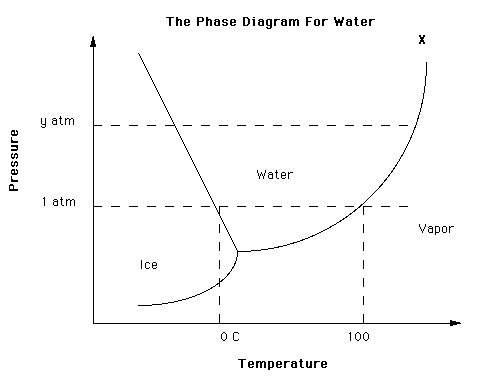



Multiple Choice




Chalk Weathering Very Simple Science Activity For Kids Boundless Brilliance



Brainly Wikipedia




Brainly Com Offers Online Help For Students At Home Cbo Eric Oldfield By Techstination A Podcast On Anchor




Questions 1 What Happened To The Rocks After You Hammered Them 2 How Is The Hammering Of Rocks Brainly Ph




How Do Streams Relate To Erosion Brainly




Weathering On The Moon Vs Earth




The 10 New Places Of The Philippines To Visit In 19 Visit Philippines




Brainly Com Offers Online Help For Students At Home Cbo Eric Oldfield By Techstination A Podcast On Anchor




Make A Story Board On How Stratified Rock Was Formed Using The Photos And Name Nasa Picture Po Brainly Ph




The Process Of Breaking Down Rocks Ei Brainly Ph
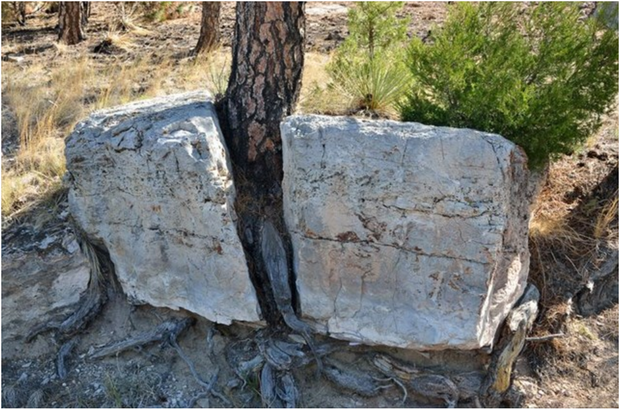



How Can Plants Break Rocks Nsta




What Is Stalactites Means Brainly Know It Info




What Is Stalactites Means Brainly Know It Info




Does Weathering Have An Impact On Soil Formation Brainly In



1




Pahelp Po Pls Number 3 And 4 Lang Po Sagutan Brainly Ph




What Is Stalactites Means Brainly Know It Info




I Need To Know What Which Weathering It Is Brainly Com




Understanding Science Wordscrossword Puzzleanswer The Questions Below That Refer To The Terms About Brainly Ph




Chose The Correct Agent Of Weathering Inside The Box That Is Responsible For Breaking The Rocks Into Brainly Ph
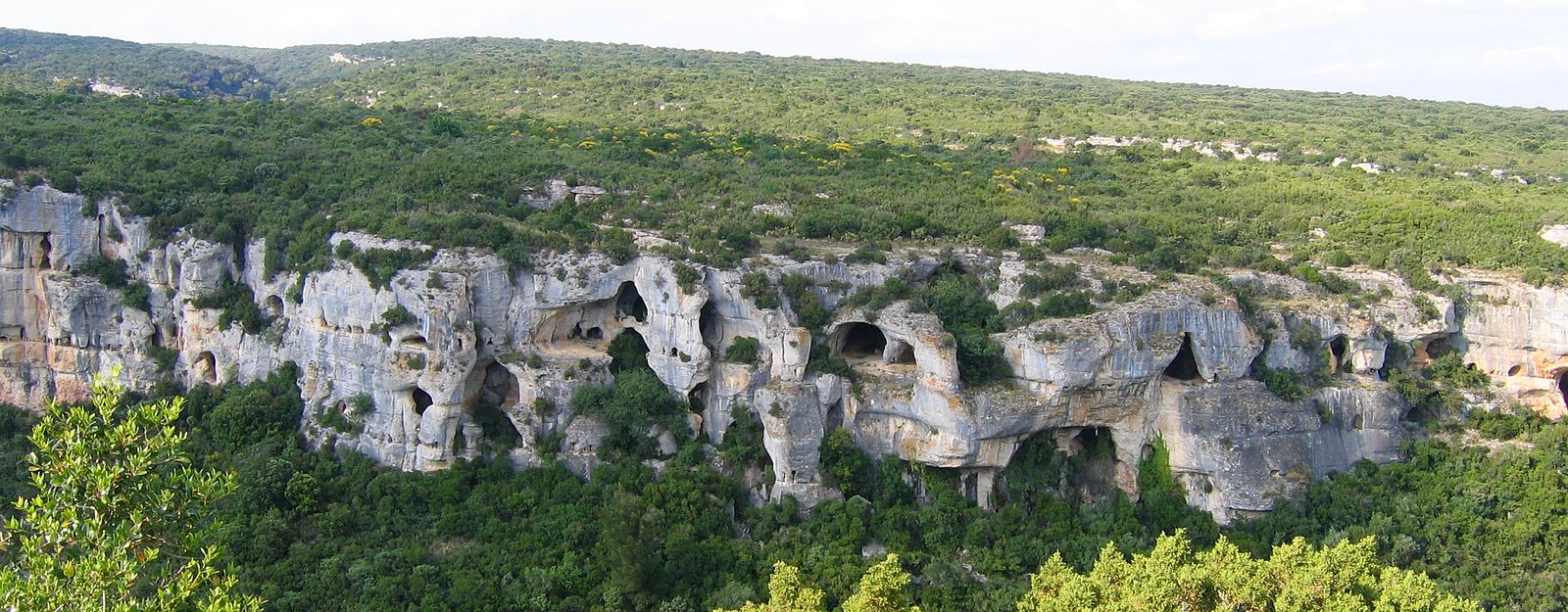



5 Weathering Erosion And Sedimentary Rocks An Introduction To Geology




Reading Weathering Geology




How Do Rocks Break Down Into Small Pieces Quora



Brainly Home Learning Homework Help Apps On Google Play




Chalk Weathering Very Simple Science Activity For Kids Boundless Brilliance




Weathering Is An Important Process That Helped Shape The Earth S Surface It Is The Breaking Down Of Brainly Ph




Which Process Of Sedimentary Rock Formation Occurs Last Brainly




Chalk Weathering Very Simple Science Activity For Kids Boundless Brilliance




B Directions Analyze The Pictures Below Then Answer The Following Questions Inyour Science Brainly Ph
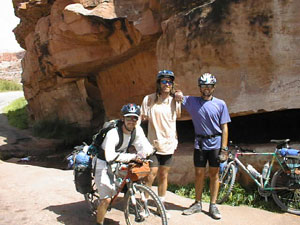



Weathering Module Introduction
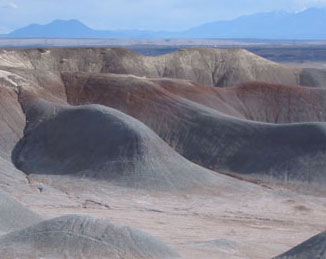



Weathering Module Introduction




How Are Rocks Weathered As In This Example Seen Here Brainly Com




Bx E Im0cozdsm




Model Of Sea Floor Spreading




Questions 1 What Have You Observed In Your Rock Samples 2 What Do You Think Is The Purpose Of Water Brainly Ph




What S New Activity 2 Weathering Is The Process Of Chegg Com




What Is Stalactites Means Brainly Know It Info




Pls Help Me Pls Everyone Pls Help Me Matinong Sagot Naman Po Sana Pls Brainly Ph



Brainly Home Learning Homework Help Apps On Google Play



0 件のコメント:
コメントを投稿